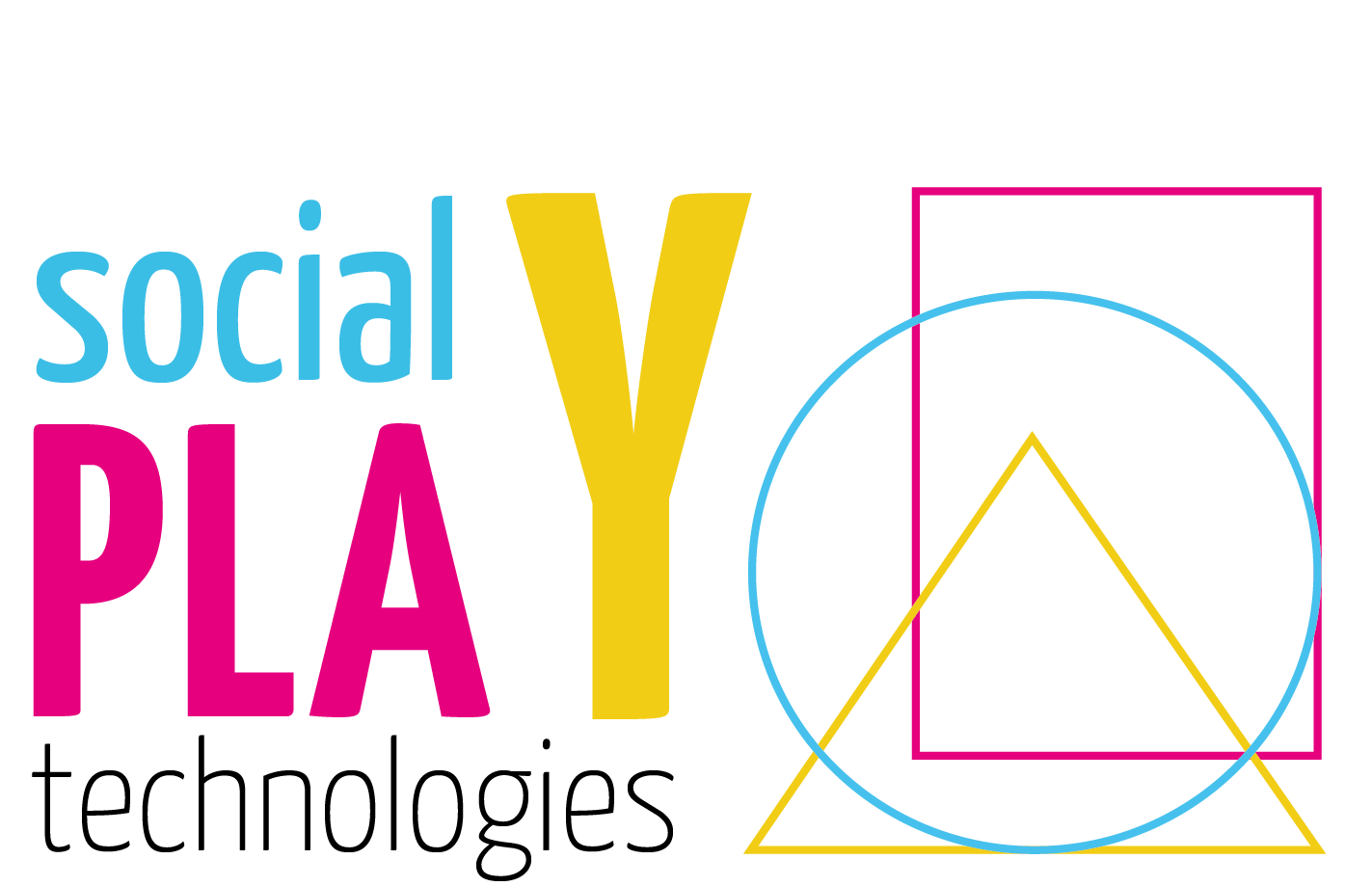SocialPlayTechnologies

Social play is key for successful inclusion of children with disabilities and has significant impact on their wellbeing and development. Typical traits in autism, such as impaired social and communication skills and repetitive behaviours, make social play particularly challenging for children diagnosed on the spectrum, exposing them to a wide range of mental health risks. This project investigates how technology can help support social play activities in mixed, co-located groups of autistic and neuro-typical children, aged 6 to 8 years. We aim to develop smart play objects, which can intelligently react to social situations to scaffold interactive play experiences of autistic children and their typically developing peers. For such objects to be meaningful to different children, it is key to involve them actively in their design.
Project Homepage: http://socialplay.at
Team: Christopher Frauenberger, Laura Scheepmaker, Katta Spiel
This project poses three fundamental research questions:
- how can we design such objects in collaboration with mixed groups of children?
- what kinds of technology support shared play experiences and
- how can we evaluate what impact these objects have on social play?
In design, we build on our experiences from the “OutsideTheBox - Rethinking Assistive Technologies with Children with Autism” project, where we have successfully implemented different methods for engagement, for example through craft materials, storytelling, digital fabrication or theatre workshops. In OutsideTheBox we worked individually with autistic children, the challenge in this project is to design in mixed groups for social play, something that has not been done before. To evaluate how effective the smart objects we develop are, we need to develop a framework for evaluation that considers the different ideas and meanings of social play of different children. In our evaluation studies, we will combine a variety of measurements, such as proximity and orientation of players with qualitative input from parents, teachers and importantly, the children themselves. This will provide us with a holistic and nuanced assessment of how these smart objects changed social play behaviours.
The contributions of this research are threefold: firstly, we develop methods to engage mixed groups of children in design processes. Secondly, we develop and build a range of smart objects as case studies, and thirdly, we evaluate these smart objects in a novel way. If this research is successful, we are opening the door to a new kind of technology that can contribute to creating safe, inspiring and inclusive environments for children with mixed abilities and needs.